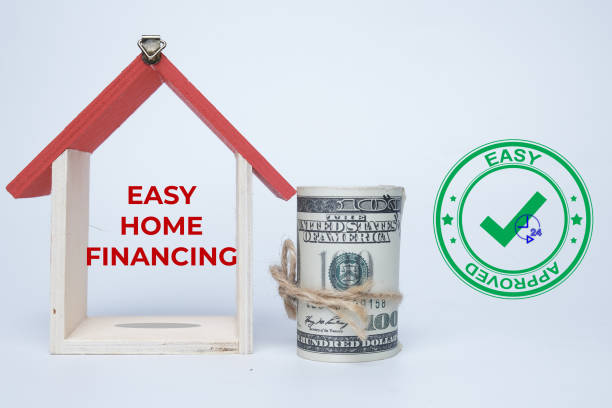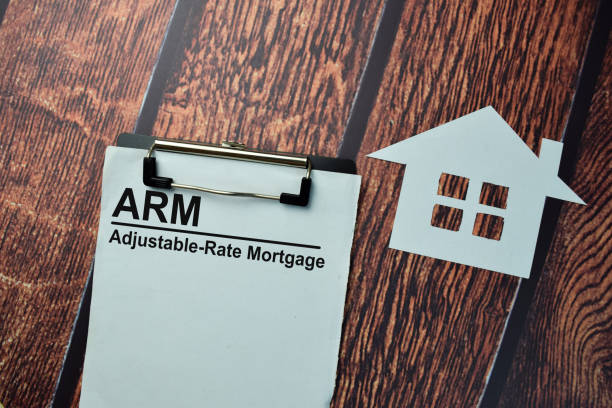When you take out a mortgage to buy a home, one of the most important concepts you’ll encounter is mortgage amortization. While the term may sound technical, understanding it can help you make smarter financial decisions, particularly when it comes to repaying your loan. In this guide, we’ll break down what mortgage amortization is, how it works, and how you can use this knowledge to your advantage.
What is Mortgage Amortization?
Mortgage amortization refers to the process of paying off your mortgage loan over time through regular, scheduled payments. These payments typically consist of two parts: principal and interest. Initially, a larger portion of each payment goes toward paying off the interest, with the principal portion being relatively small. However, as you continue making payments, the balance shifts, and a larger portion of your monthly payment is applied to the principal balance.
The goal of amortization is to fully pay off the mortgage by the end of the loan term, which is typically 15, 20, or 30 years. By the end of this period, the loan is considered fully repaid, and you own your home outright.
How Mortgage Amortization Works
To understand amortization, it’s helpful to know a little about how mortgages are structured. When you take out a mortgage, you borrow a lump sum from a lender, and you agree to repay that amount (plus interest) over a set period. The loan is divided into equal monthly payments, which are designed to cover both the interest on the loan and a portion of the principal.
In the early years of your mortgage, most of your payment goes toward the interest. This is because interest is calculated on the outstanding balance of the loan, which is highest at the beginning. Over time, as the loan balance decreases, the interest portion of your payment decreases, and more of your payment goes toward reducing the principal.
For example, let’s say you take out a $300,000 mortgage with a 30-year term and a 4% interest rate. Your monthly payment will likely be around $1,432 (excluding taxes and insurance). In the first few months, most of this payment will go toward interest. However, after several years of making consistent payments, you’ll notice that a greater portion of your monthly payment is applied to the principal, and the interest portion becomes smaller.
The Amortization Schedule
An amortization schedule is a table that shows how each payment is applied toward the interest and principal throughout the life of the loan. It outlines the amount of principal and interest paid each month, as well as the remaining balance of the loan after each payment.
For example, in the early stages of the loan, the interest payment might be $1,000, with only $432 going toward the principal. After several years, however, the interest payment might drop to $700, with $732 going toward the principal.
You can easily find online calculators to create an amortization schedule for your own mortgage, based on your loan amount, interest rate, and term length. This can help you track how your loan balance is decreasing over time and see how much you’ve paid in interest and principal.
Key Benefits of Understanding Amortization
- Better Financial Planning: Knowing how your mortgage amortizes helps you plan for future payments and make informed decisions about refinancing or paying off your loan early. If you’re considering making extra payments toward the principal, you’ll see the impact on your overall loan balance and how much interest you’ll save.
- Refinancing Decisions: If interest rates drop or your financial situation improves, you might consider refinancing your mortgage. Understanding how your current loan amortizes allows you to compare different loan options more effectively and see how refinancing will affect your monthly payments and long-term costs.
- Paying Off the Loan Early: If you have extra funds and want to pay off your mortgage early, you can see how making additional payments toward the principal can shorten the loan term and save you money on interest. Some mortgages may also allow you to make extra payments without penalty, but it’s important to check your loan agreement first.
- Tracking Progress: As you make regular payments, seeing your mortgage balance decrease can be a rewarding experience. It also motivates you to stick to your repayment plan and stay on track toward full ownership of your home.
Types of Mortgage Amortization
While most traditional mortgages follow a standard amortization schedule, there are different types of loans with varying structures:
- Fixed-Rate Mortgages: With a fixed-rate mortgage, your interest rate remains the same throughout the life of the loan, and your monthly payment stays consistent. This means your amortization schedule will be predictable, with the same monthly payment amount throughout the term.
- Adjustable-Rate Mortgages (ARMs): With an ARM, your interest rate may change periodically, which can affect the amount of your monthly payment. The amortization schedule for an ARM may need to be adjusted over time, depending on changes in the interest rate.
- Interest-Only Mortgages: In the early years of an interest-only mortgage, you may only be required to pay the interest portion of the loan, not the principal. This can make your monthly payments lower initially, but it means you won’t be reducing the principal balance during this period. After the interest-only period ends, your payments will increase, and you’ll begin paying both principal and interest.
How to Speed Up Your Mortgage Payoff
If you’re eager to pay off your mortgage faster and save on interest, there are a few strategies you can consider:
- Make Extra Payments: Making extra payments toward the principal can have a significant impact on your mortgage balance. Even small additional payments each month can reduce the principal more quickly and cut down on the total interest paid.
- Biweekly Payments: Instead of making monthly payments, you can opt to make half of your mortgage payment every two weeks. Over the course of a year, this results in an extra full payment, which can help you pay off your loan faster.
- Refinance to a Shorter Term: If you can afford higher monthly payments, refinancing your mortgage to a shorter term (such as 15 years) can help you pay off the loan faster and save on interest.
Final Thoughts
Mortgage amortization is a fundamental concept in homeownership, and understanding how it works can give you a clearer picture of your financial commitments. Whether you’re trying to pay off your loan faster, considering refinancing, or simply keeping track of your mortgage balance, knowing how amortization affects your payments can empower you to make more informed financial decisions.
By leveraging the knowledge of amortization schedules, you can better manage your mortgage, save on interest, and ultimately achieve the goal of homeownership with greater confidence.

